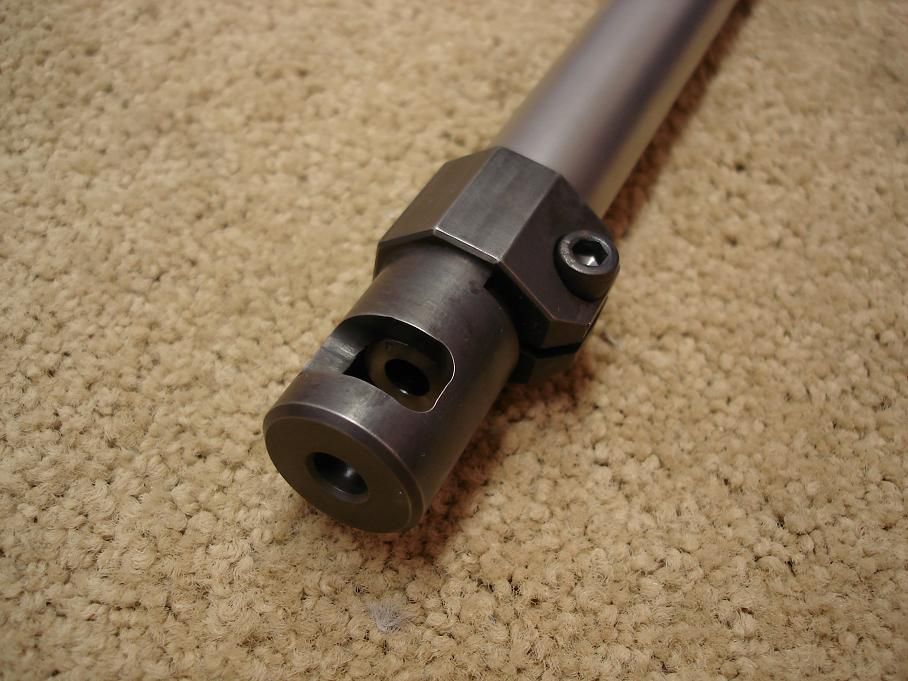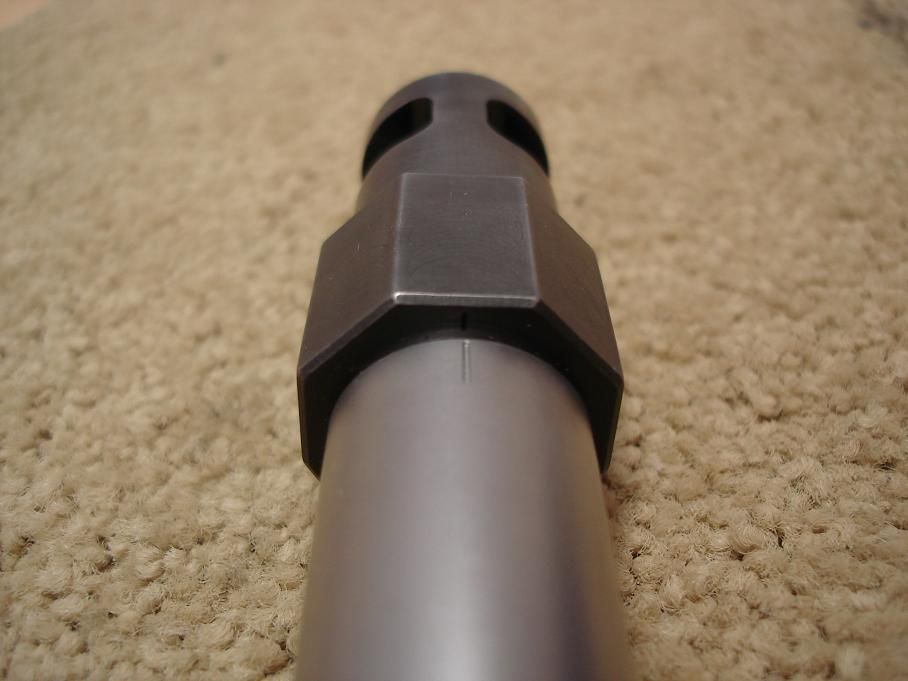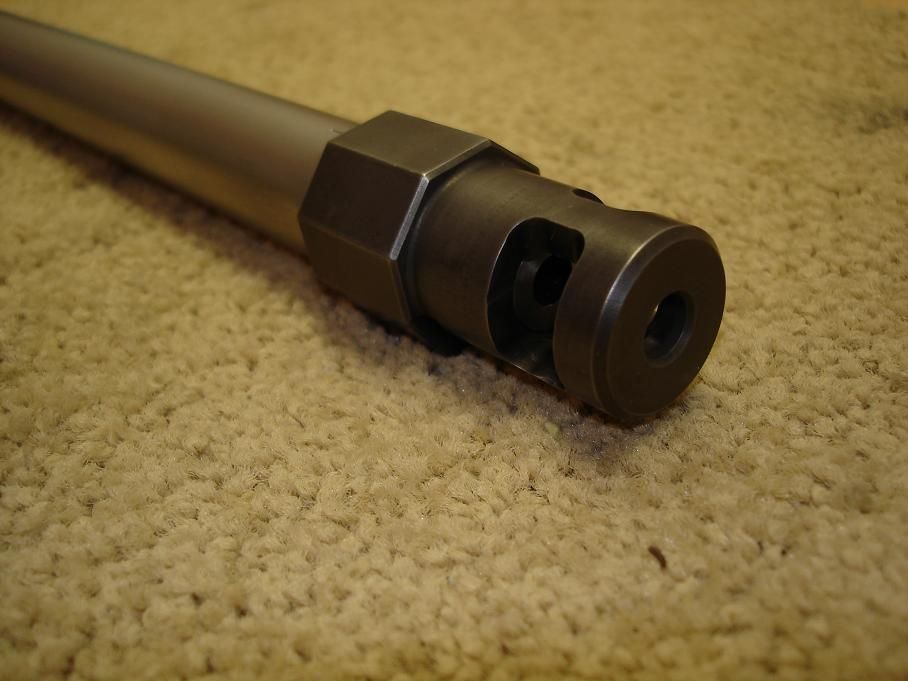Fiddler2068
Plastic
- Joined
- Nov 15, 2014
- Location
- Revere, MA
Hi guys,
I am totally new to machine tools. I was wondering if someone can point me toward how muzzle brake threads are machined so that the top, which has ports on it, always ends up on top when screwed onto the barrel?
Book or video is fine. I'm not trying to get someone to give me details on how to perform such a operation. I am designing a muzzle brake and was wondering how that was done or whom I should talk to to get that done properly.
Thanks
Fiddler
I am totally new to machine tools. I was wondering if someone can point me toward how muzzle brake threads are machined so that the top, which has ports on it, always ends up on top when screwed onto the barrel?
Book or video is fine. I'm not trying to get someone to give me details on how to perform such a operation. I am designing a muzzle brake and was wondering how that was done or whom I should talk to to get that done properly.
Thanks
Fiddler






